Paying $270 more for the same size iPad with roughly similar specs can be a tough pill to swallow — AppleInsider examines the differences between the new 2017 9.7-inch iPad, and the 9.7-inch iPad Pro from March 2016.
Any new Apple hardware release brings with it choices from the faithful, and the new iPad is no exception. Sporting an A9 processor with an amazing price of $329, there are arguments to be made for users of the original iPad Air and earlier to jump on board immediately, if able.
The iPad Pro is a different beast. While the screen resolution and general surface area of the tablet are the same — there are a few notable differences.
Raw performance
The 9.7-inch iPad Pro, like the 12.9-inch version has the A9X processor with M9 motion co-processor. The 2017 iPad has the A9 processor — a step up from the iPad Air 2, but a notable step down from the iPad Pro.
Single-core, the iPad Pro hits a GeekBench rating of 2934, with benchmarks for the iPhone SE having a similar architecture to the new iPad, pulling down 2397. The gap only widens in multi-core performance, with the iPad Pro hitting 4736, and the iPhone SE peaking at 4013.
How much of a difference the roughly 20 percent difference makes in both will depend on the user. For comparison, the gap is much larger between the original iPad Air and the iPad Pro, with the multicore benchmark on the Air only hitting 2192 — less than the single core performance of either the iPad Pro, or iPhone SE/new iPad.
Size and weight
The new iPad is 240mm tall, 169.5mm wide, has a thickness of 7.5mm, and weighs 469 grams with wi-fi and 478 grams with LTE — making it dimensionally identical to the original iPad Air.
The iPad Pro 9.7-inch retains the height and width of most of the modern iPad line, but is 6.1mm thick, and weighs 437 grams — 7 grams less than the iPad Air 2.
If you're looking for the absolute thinnest and lightest iPad, the iPad Pro remains the best bet — but additions of cases rapidly increase the weight, and any gains are easily offset by anything rugged.
Battery
Part of the reason for the different sizing is the battery. The new iPad has a 32.4 watt-hour battery, while the iPad Pro has a 27.91 watt-hour cell.
Apple has a mantra about iPad battery life that they have recited for years — it is "up to 10 hours of video, 140 hours of audio playback, or one month on standby." It has been so for some time, and remains the stated life now.
Based on the battery size alone, the new iPad should handily beat the 9.7-inch iPad Pro out here in the real world, but we won't be certain until the unit is in the hands of testers.
Less numeric, but important, points
All this spelled out so far, looked at by itself suggests that a user is better suited to pick up a new iPad than an iPad Pro. Besides performance, there are two key features that stand out for the iPad Pro — the fully laminated screen, and Apple Pencil support.
Instead of a LCD with an air-gap between it and the glass panel, the iPad Pro has a fully laminated screen — this is one of the reasons why it is thinner and lighter than the new iPad. If you've never used an iPad with a fully laminated screen, it may not make a difference — but the experience is palpable.
Also, the display on the iPad Pro is Apple's Wide Color implementation of the DCI-P3 color space with its True Tone display. We've addressed the value of this in some detail prior to the iPhone 7 launch, but in short, the iPad Pro displays a wider range of colors than the new iPad can display — matching that of the 5K iMac, and iPhone 7 screens.
Crucial to a certain segment of the owner base, the Apple Pencil is only supported on the iPad Pro line. Any other size or model of iPad, and the $100 peripheral does nothing. This probably isn't a deal-breaker for most.
Price
No doubt, price is crucial, and the main selling point of the new iPad. The new iPad starts at $329 for a 32-gigabyte version with wi-fi only, and scales up to $559 with 128 gigabytes and 4G.
The iPad Pro starts at $599 for a 32GB version, with $829 for 128 gigabytes and 4G, and rapidly climbs to $1,029 for the 256-gigabyte model with 4G.
The choice, left as an exercise for the reader, is deciding if about $270 is worth it for about 20% better performance, a better screen, and Apple Pencil support.
Whither the 12.9-inch iPad Pro?
We've only briefly touched on the 12.9-inch iPad Pro in this comparison, but the choice really boils down to one thing — you either need the large screen, or you don't. It is a fantastic device, but approaches unwieldy for those looking at what an iPad does well — a relatively light device, with a larger screen than an iPhone.
What the future may bring
There will be a refresh of the iPad Pro at some point. Tuesday's release, which included the eradication of the iPad Air 2 from the current product lineup, was clearly intended to draw a firm line between the iPad and iPad Pro product families.
The latest reports that claimed that there was a new "entry level" iPad on the way, also suggest that around a 10.5-inch iPad Pro is coming, as well as a refresh of the 12.9-inch one larger model, but when this will happen is completely up in the air, as it what, if any, new technologies that it may contain.
A new iPad Pro lineup could come as soon as April, according to the same reports. But, given the nature of rumors, it could be at the early-June WWDC, it could be September — or all the reports could be totally wrong, and Apple will stand pat with the A9X in the iPad Pro for now.
The current, big, price difference, in this case $270, is significant. There will be new iPad Pros, but at what price point nobody knows. They are unlikely to drop in price, but given some reports of persistent component shortages in China driving manufacturing prices up, it is very possible that a new iPad Pro model will cost more than the last.
In many ways, its harder now to choose an iPad than it was a week ago, and for the first time, there isn't a clear choice unless you need a specific feature the Pro line has that the "mainstream" products don't. But, regardless of pricing, there is always something new coming — even the day after a new product release.
 Mike Wuerthele
Mike Wuerthele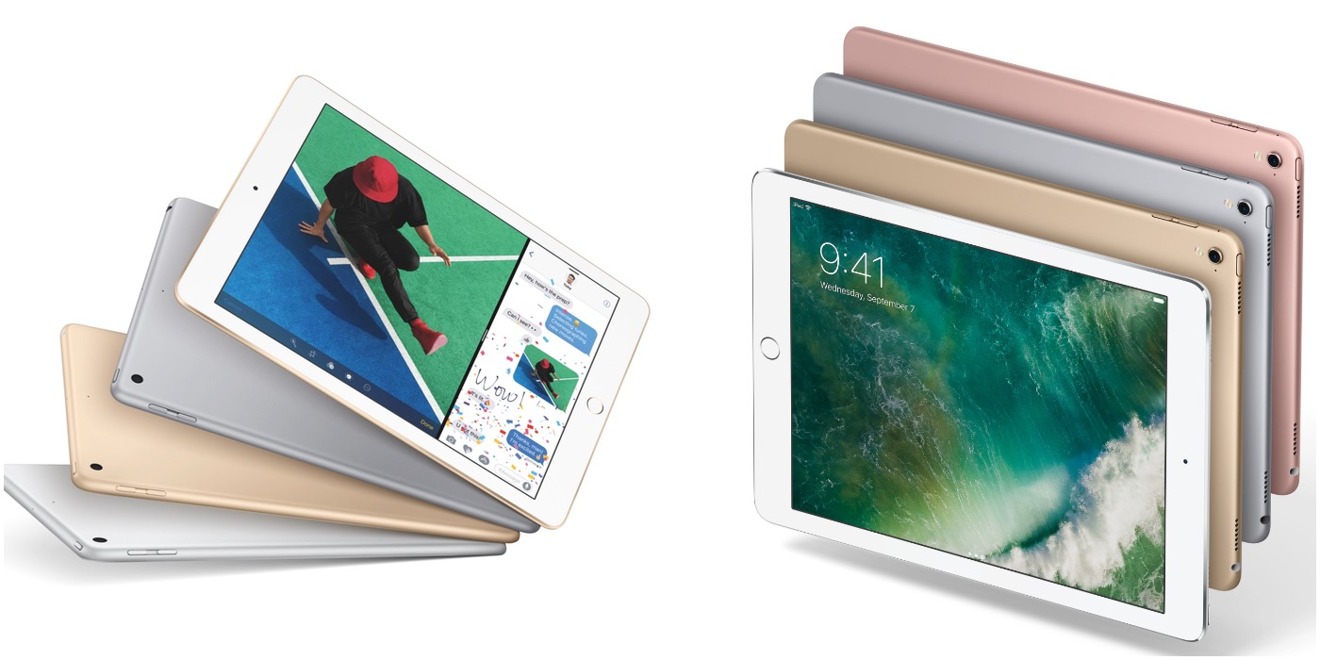
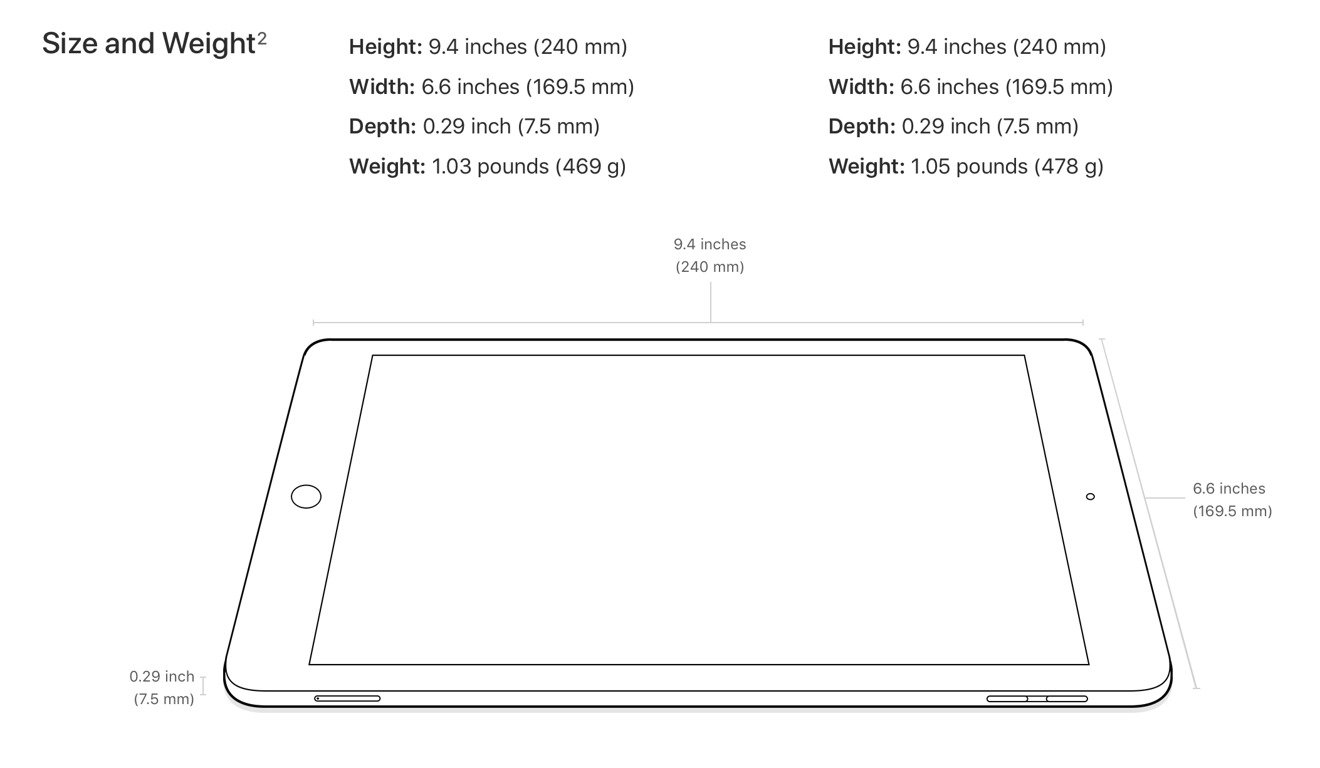
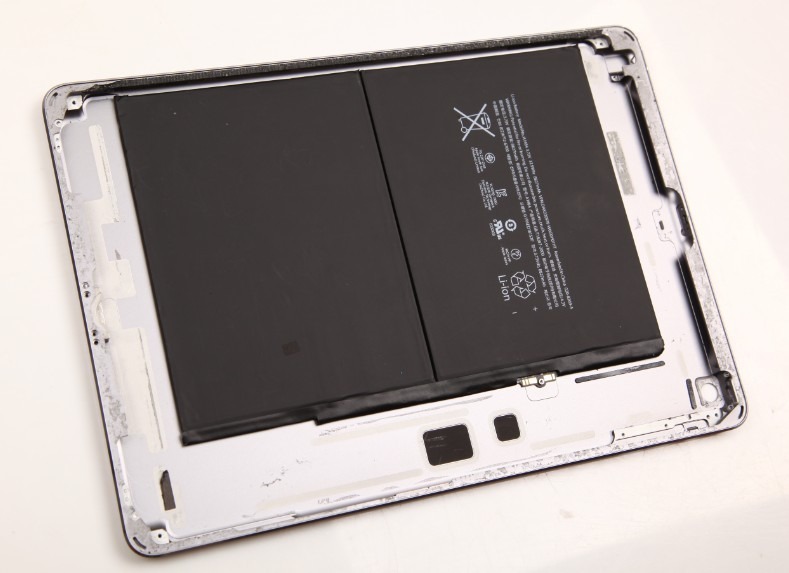
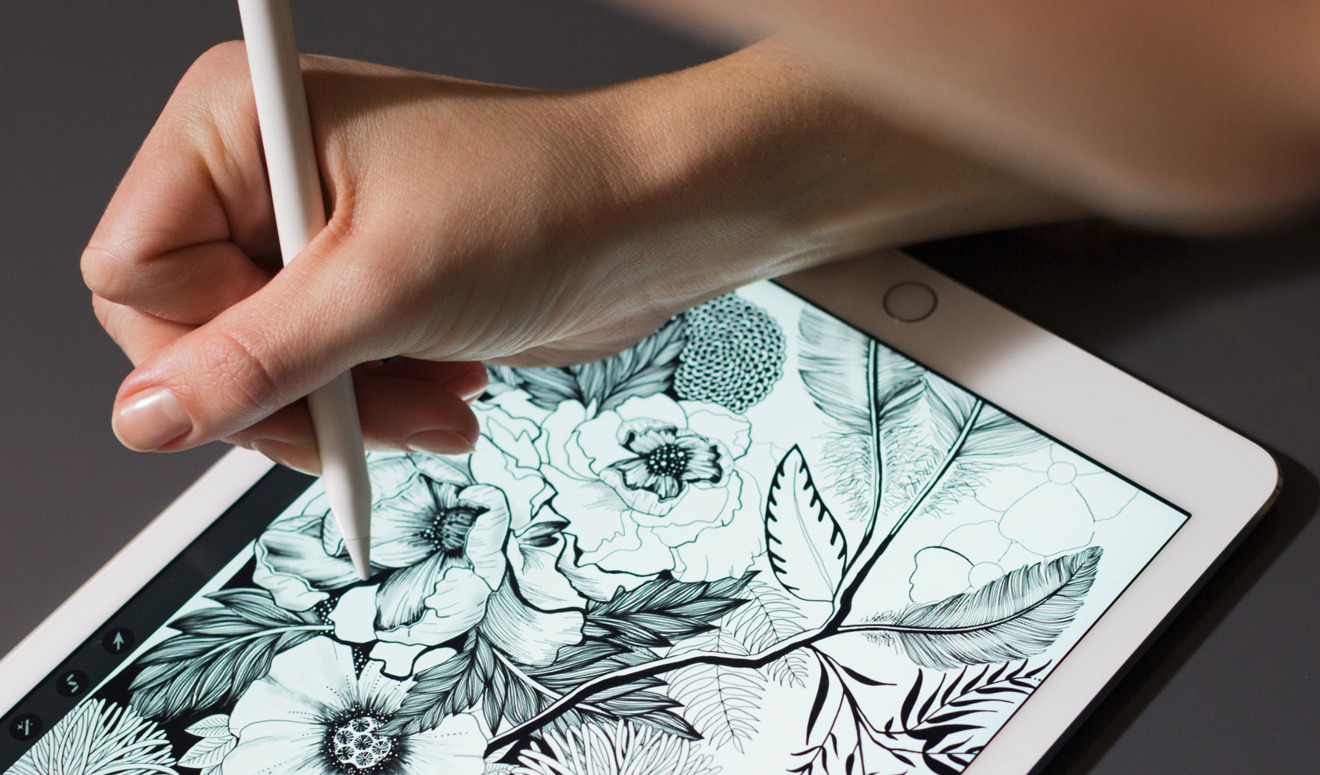







-m.jpg)






 William Gallagher
William Gallagher
 Charles Martin
Charles Martin
 Christine McKee
Christine McKee
 Wesley Hilliard
Wesley Hilliard
 Malcolm Owen
Malcolm Owen
 Andrew Orr
Andrew Orr

 Sponsored Content
Sponsored Content

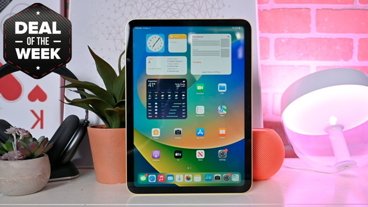





54 Comments
How do we know the new iPad doesn't have a laminated display? And if it does not, why does it not? And no mention of the True Tone display, better camera and four speakers.
"Apple's 2017 iPad vs. 2016 9.7" iPad Pro: Which model is right for you?"
None! Bring a Mac tablet. It is other world!
iPad Pro only has 2GB Ram how much does new iPad have?